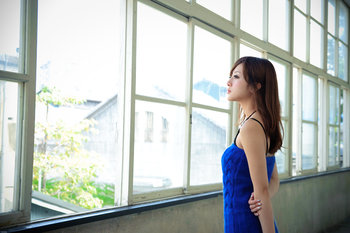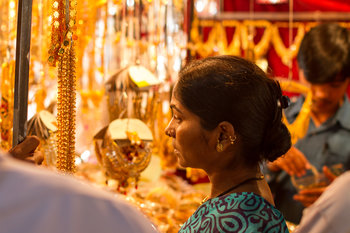Safety
Tempered glass is considered safety glass because of the way that it breaks -- it completely shatters into small chunks. This is considered far safer than annealed glass that breaks into large shards.
Strength
Tempered glass is generally about 4 times stronger than regular annealed glass. It can be broken with pressure of about 24,000 psi.
Manufacturing
Tempered glass is produced with an advanced manufacturing process that involves heat treatment, high-pressure cooling and high pressure air blasts. It can also be manufactured with a chemical process that causes ion exchange with the surface of the glass in order to put the surface into a state of compression.Laminated Glass
Tempered glass and laminated glass are often understood to be competing types of safety glass. However, a glass can be both. Laminating tempered glass involves bonding two or more layers of tempered glass with a plastic layer in the middle. This produces a glass that remains intact when it shatters.
Security
As tempered glass completely breaks, it isn't particularly secure unless it has been laminated.
Passenger Ejection
Tempered glass isn't typically used where there is a requirement to stay intact after breaking. For example, windshields of cars are often laminated because regular tempered glass will completely shatter and allow passengers to be thrown from a vehicle.
Escape & Rescue
Regular tempered glass that hasn't been laminated can be broken out for escape and rescue. Tempered glass is strong but is relatively ease to break with a sharp metallic object such as a screw driver. These may be included in the emergency kit of a car. Most cars have at least one regular tempered window. It is important to know which windows in your vehicle are tempered because it is much more difficult to escape through a laminated window unless it is designed to pop out of its frame.
Fire
Regular tempered glass has reasonable thermal shock resistance of about 250°C (482°F). This being said, other glasses have far higher thermal resistance. For example, fused quartz can be heated to about 1670 °C (3038 °F). It should also be noted that where tempered glass is laminated, it becomes flammable due to the plastic layer(s) in the glass.Installation
Tempered glass can't be cut or drilled after the tempering process. Although strong, tempered glass is particularly sensitive to pressure on its edges such that it can shatter during installation.| Overview: Tempered Glass | ||
Type | ||
Definition | Glass that has been treated to place its surface into a state of compression and its interior into a state of tension. | |
Related Concepts | ||





























